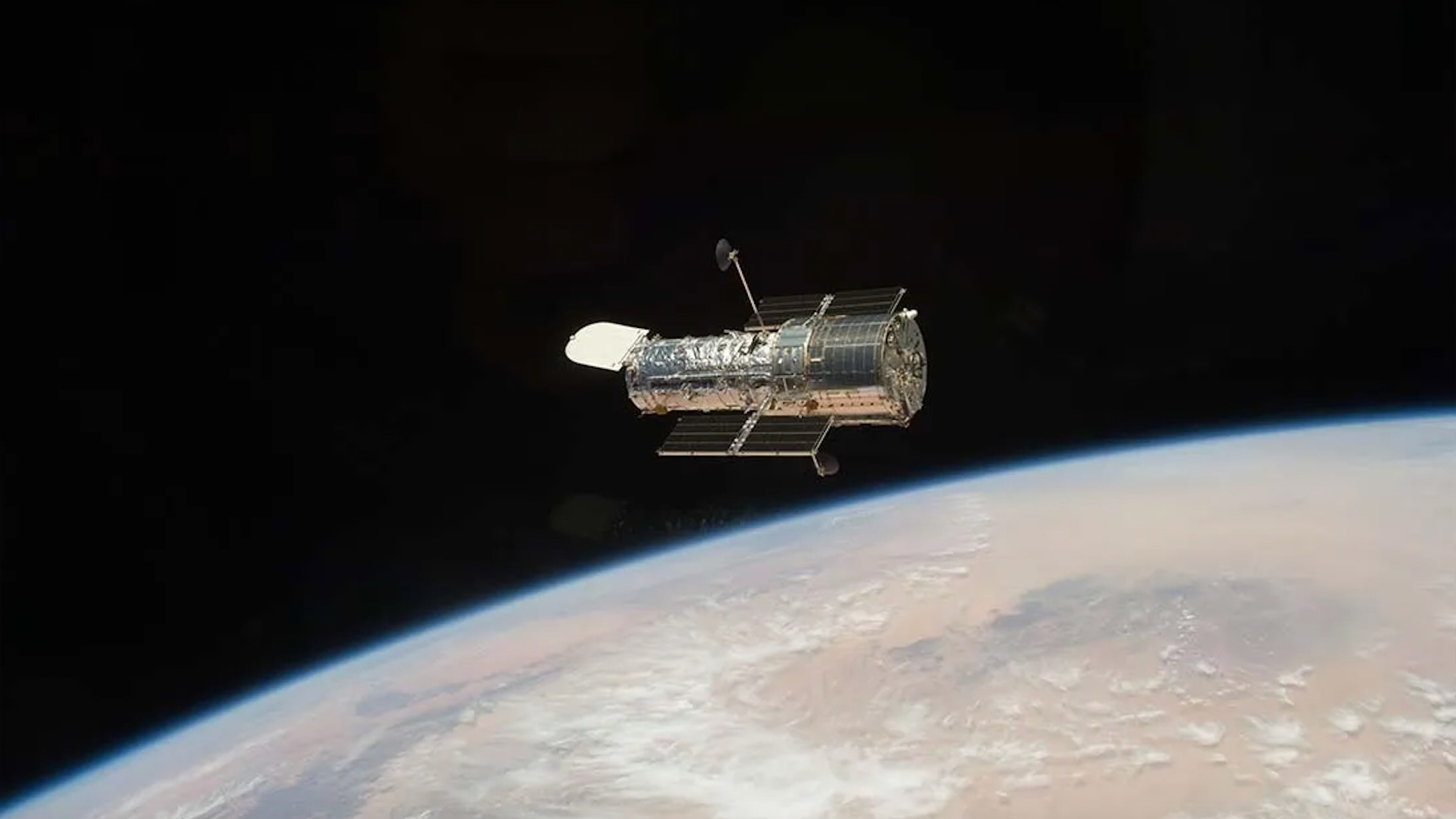NASA's Hubble, Chandra space telescopes face possible budget cuts: report
It's unclear how deep the cuts would be.

NASA is mulling cutting back on two flagship space telescope programs to meet a budget shortfall in astrophysics, a report suggests.
A representative from senior NASA leadership said the agency is considering "unspecified" reductions to the Hubble Space Telescope and Chandra X-Ray Observatory, both high-profile space telescopes that have been uncovering fundamentals about the universe for decades.
During an Oct. 13 presentation to the U.S. National Academies of Sciences, Engineering and Medicine's committee on astronomy and astrophysics about fiscal year 2024 (FY24), Mark Clampin, director of NASA’s astrophysics division, said the cuts may be needed to keep funding for new programs at NASA.
"We're working with the expectation that FY24 budgets stay at the '23 levels," he said, according to a SpaceNews report about NASA's forthcoming budget, which was capped due to Congressional legislation limiting non-discretionary spending amid ongoing U.S. debt limit negotiations.
Related: The best Hubble Space Telescope images of all time!
NASA's astrophysics division requested nearly $1.56 billion for the next fiscal year, which Clampin said likely will not be granted in full. He declined to provide details about how deep the cuts would be and what program effects would happen. But he did outline what the priorities would be if there are substantial reductions in astrophysics: "We have decided to reduce the budget for missions in extended operations, and that is Chandra and Hubble," he said.
Both observatories remain in good health. In addition, there are early-stage proposals to raise the orbit of Hubble, to help it keep operating far into the future; multiple consortiums have bid on an earlier NASA proposal to boost the observatory in low-Earth orbit, including one that involves SpaceX. Hubble's orbit was at 335 miles (540 km) above the planet as of late 2022, which is 38 miles (60 km) lower than its initial orbit. Molecules of Earth's atmosphere are dragging on the telescope, causing it to gradually fall.
Breaking space news, the latest updates on rocket launches, skywatching events and more!
NASA has emphasized that Hubble is a key partner on science with NASA's James Webb Space Telescope, which launched in December 2021 and observes the heavens from a gravitationally stable spot about 1 million miles (1.5 million km) from Earth. Webb is optimized for deep views in infrared light, while Hubble provides high-definition infrared and visual observations. Webb, in fact, was prioritized in the NASA astrophysics budget for many years and impacted other missions, due to its high status at the agency and its ballooning cost, which eventually reached $10 billion.
Chandra has been showing signs of its age, as it launched in 1999 and did not receive any servicing visits from astronauts, unlike Hubble (which was visited five times after its April 1990 launch). "Chandra has a number of issues right now. It’s becoming increasingly difficult to operate," Clampin said, noting there are issues with insulation making it harder to keep the spacecraft cool for X-ray observations.
Hubble is still going strong after its final servicing mission, which occurred in 2009, two years before the space shuttle program retired. "While Hubble doesn’t have those issues," Clampin said, with reference to Chandra's operating troubles, "it has been operating for a long time, and it is a large piece of the astrophysics budget."
Hubble is a joint effort of NASA and the European Space Agency (ESA). The report did not specify how ESA's allocations to Hubble might be affected if NASA reduces its own budget for the observatory.
Two "mini senior reviews" are likely forthcoming for the observatories around May 2024, once the fiscal year 2025 budget proposal for NASA is made public, Clampin said. Such reviews are common practice at the agency to consider whether to extend missions. (The two missions were not considered during the last cycle in 2022, due to their high degree of science return as judged by reviewers at the time.)
The 2024 NASA budget requests by the White House, which have yet to be enacted, allocated $93.3 million for Hubble and $68.7 million for Chandra — pretty much in line with what has been asked for in past years. That amount, however, represents roughly 10% of the budget request for NASA astrophysics in 2024, SpaceNews noted.
The savings from the two observatories would go towards newer missions, such as the Nancy Grace Roman Space Telescope, which is set to launch in 2027. Roman's Hubble-class hardware comes from an offer the U.S. National Reconnaissance Office made in 2012, which brought a wide-field telescope to NASA that had been originally designated for military reconnaissance in orbit. Roman will study energetic events in the far universe, with its large survey instruments able to capture big swaths of view to catch these fast-changing events in action.

Elizabeth Howell (she/her), Ph.D., was a staff writer in the spaceflight channel between 2022 and 2024 specializing in Canadian space news. She was contributing writer for Space.com for 10 years from 2012 to 2024. Elizabeth's reporting includes multiple exclusives with the White House, leading world coverage about a lost-and-found space tomato on the International Space Station, witnessing five human spaceflight launches on two continents, flying parabolic, working inside a spacesuit, and participating in a simulated Mars mission. Her latest book, "Why Am I Taller?" (ECW Press, 2022) is co-written with astronaut Dave Williams.

